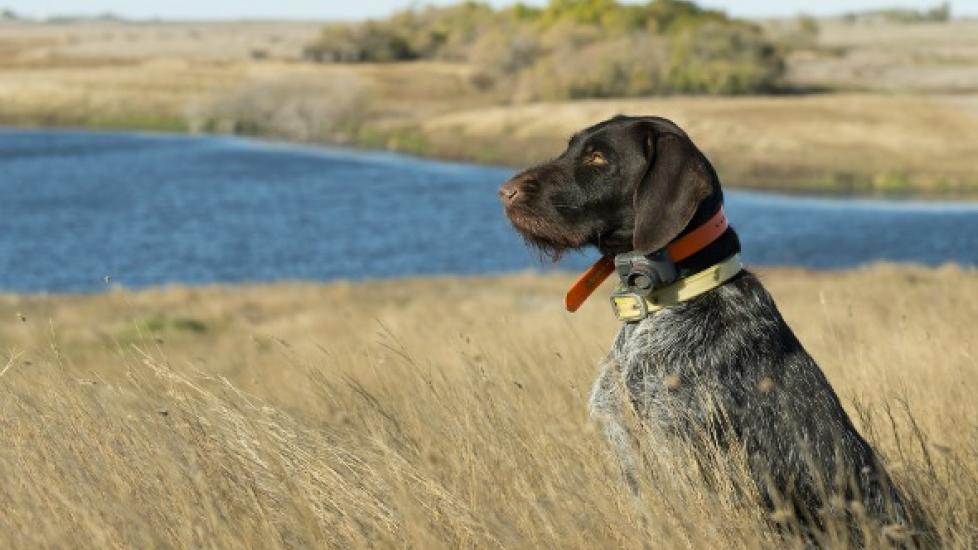Title: Unveiling Sporotrichosis: A Fungal Battle for Your Canine Companion’s Coat
Introduction:
In the realm of canine health, skin conditions are a common concern. Among these, sporotrichosis is an often-overlooked fungal infection that can wreak havoc on your dog’s coat and overall well-being. This article aims to shed light on this intriguing disease, its symptoms, causes, treatment options, and preventive measures. Prepare to embark on a journey into the fascinating world of veterinary dermatology as we explore how you can safeguard your furry friend from this insidious foe.
Understanding Sporotrichosis:
At its core, sporotrichosis is a chronic and progressive fungal infection caused by the saprophytic fungus “Sporothrix schenckii“. This opportunistic pathogen thrives in soil, decaying vegetation, and other organic matter where it awaits contact with a susceptible host – like your beloved pooch. The spores then find their way through minor cuts or abrasions on the animal’s skin, leading to localized inflammation and potential spread if left untreated.
Clinical Presentation:
The telltale signs of sporotrichosis typically include lesions that start as small, firm nodules or bumps on the skin. These may eventually ulcerate and drain fluid, leaving behind crusty areas that resist healing. Affected dogs might also exhibit hair loss around the affected sites, which can be accompanied by mild scaling or pruritus (itchiness). In severe cases, the infection can spread systemically, affecting internal organs such as the lungs, bones, joints, and even the central nervous system.
Causes & Risk Factors:
While any dog can potentially contract sporotrichosis, certain breeds seem more predisposed due to their active lifestyles or frequent exposure to outdoor environments. For instance, terriers, Labrador retrievers, and golden retrievers are known to have higher incidences of sporotrichosis. Additionally, immunocompromised animals or those with pre-existing skin disorders are at increased risk of developing clinical infections.
Diagnosis & Treatment:
A definitive diagnosis of sporotrichosis usually involves a combination of thorough physical examination, detailed medical history, and laboratory testing. Microscopic evaluation of tissue samples or aspirates taken from infected lesions can reveal the presence of Sporothrix organisms. Once confirmed, veterinarians typically prescribe antifungal medications tailored to the specific needs of each case. Itraconazole is commonly used but may require lengthy courses lasting several months. Topical treatments and supportive care are often employed to manage discomfort and promote healing.
Prevention Strategies:
To keep your four-legged companion safe from sporotrichosis, consider the following precautions:
1. Regularly inspect your dog’s skin for any unusual bumps or sores.
2. Keep up with routine grooming practices to minimize trauma to the skin.
3. Provide proper nutrition to support a healthy immune system.
4. Limit exposure to environmental sources of the Sporothrix fungus, especially during warmer seasons when the spores are most prevalent.
5. Practice good hygiene after outdoor activities involving wood or plants, ensuring both you and your pet thoroughly wash hands and paws.
6. If your dog has been diagnosed with sporotrichosis, isolate them from other pets until they complete treatment to avoid spreading the infection.
Conclusion:
By understanding the nuances of sporotrichosis and implementing preventative strategies, pet owners can ensure their canine companions maintain robust health and vitality despite the challenges posed by this deceptive fungal adversary. Remember, early detection and prompt intervention are key to successfully managing this condition and preserving your dog’s quality of life. So let us all commit to keeping our pets happy, healthy, and free from the clutches of sporotrichosis!
